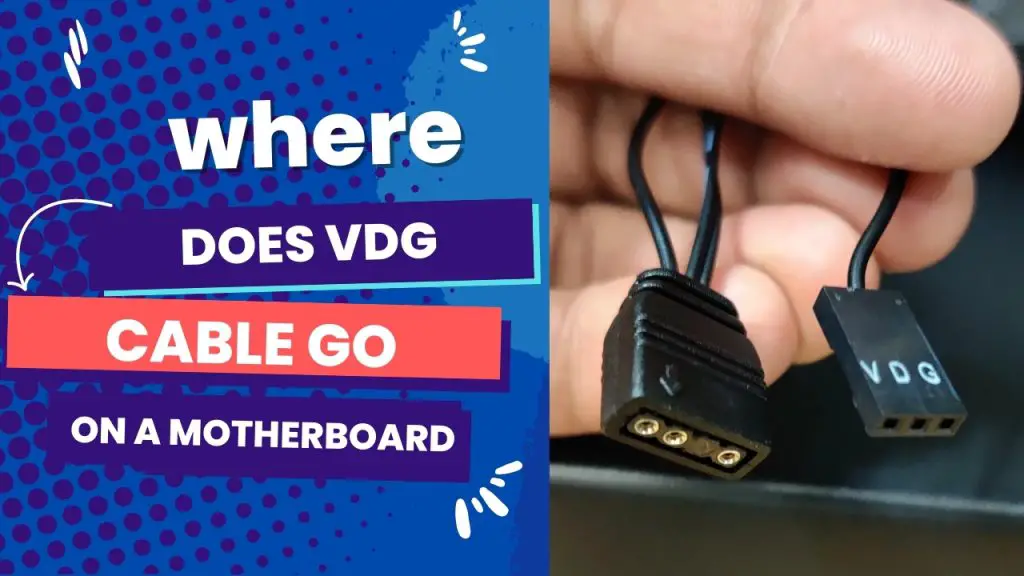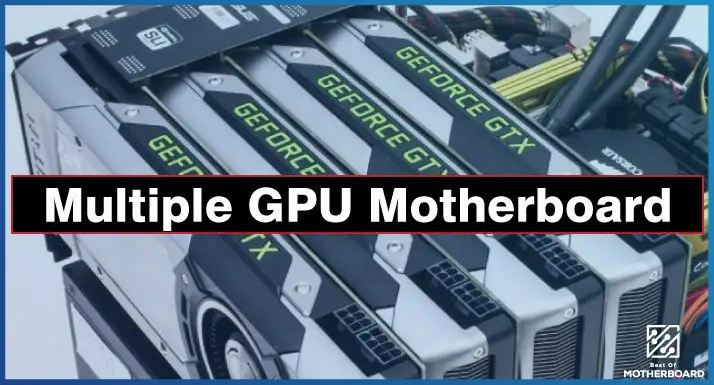The VDG is a three-pin connector that is intended for use with older Gigabyte and Aorus motherboards. This connector is not compatible with case fan headers, and attempting to connect a VDG cable to a case fan header will result in your RGB controller failing. It’s worth noting that most other brands use a four-pin connector and that Gigabyte has transitioned to this type of connector on more recent motherboard models.
when connecting RGB components to your Gigabyte or Aorus motherboard, make sure to use the VDG connector for compatibility and to avoid any issues.
You must use the same connector for other brands that use the four-pin connector with one pin missing. Connect this to one of the D-LED connectors on the motherboard. Instead, use a four-pin LED C1 or LED C2 connector. These are 12 volts and will cause your RGB controller to fail.
Most fan kits use PWM+ARGB controllers, allowing you to connect and control up to eight 6-pin RGB fans and two LED strips. The hub works better with the most popular RGB LED lighting software, such as AURA Sync or RGB Fusion. This allows it to be connected to a motherboard that supports it and gives it complete control over how the fans light up and spin.
Keep reading, and i will explain more about the VDG cable on your motherboard and how, where you should connect it.
How to Connect VDG Cable to Motherboard: A Step-by-Step Guide
To properly install a VDG cable on the motherboard, follow these steps:
Step 1: Power off the computer and unplug it from the wall.
Step 2: Open the computer case by removing any screws or clips that hold the case together. Set the case aside in a safe and secure location.
Step 3: Locate the VDG connector on the motherboard. It should be located near the bottom of the board and the other connectors for the power supply and storage devices.
Step 4: Carefully align the VDG cable with the connector, ensuring that the pins on the cable match up with the pins on the connector.
Step 5: Press the cable into the connector until it is fully seated. Ensure that the cable is not bent or twisted and that all the pins are properly aligned.
Step 6: Once the cable is securely attached to the motherboard, replace the computer case and secure it with the screws or clips you removed earlier.
Step 7: Plug the computer back in and power it on.
Precautions for Connecting the VDG Cable to the Motherboard
It is important to know that different motherboards and cables may have slightly different requirements.
So it is best to follow the manufacturer’s instructions for attaching the cable to the motherboard. If you can’t place your hands on the hard copy, you can visit the manufacturer’s website to search for the e-copy.
In addition, be gentle when handling the cable and the motherboard to avoid damaging the delicate components.
You also want to ensure the pins on the cable and the connector are properly aligned before pressing the cable into the connector to avoid damage.
Common Problems When Connecting VDG Cables to the Motherboard and Fixes
If you are having difficulty installing a VDG cable on the motherboard, here are some troubleshooting tips to try:
Damaged or bent pins:
One of the common reasons why connecting VDG cables to the motherboard doesn’t yield the expected outcomes is that there are damaged or bent pins. So, check the cable and the connector for any damage or bent pins, as this may prevent the cable from fitting properly or from working at all.
Reversible Connectors
Some VDG cables have reversible connectors that can be inserted into the connector in either direction. If the cable is still not fitting properly, try reversing it and inserting it into the connector again.
You can also try gently wiggling it back and forth to help it seat properly. Do not use excessive force, as this can damage the cable or the motherboard.
Damaged VDG connectors or cable
Some motherboards have multiple VDG connectors that may work better with your cable. If the cable still does not fit properly, try using a different cable or a different VDG connector on the motherboard.
connector and pin alignment
Ensure that the cable and the connector are properly aligned before pressing the cable into the connector. If the pins on the cable and the connector are not aligned, the cable may not fit properly or work.
If none of these troubleshooting tips work, I recommend you contact technical support for further assistance.
No Vdg on Motherboard
If your motherboard does not have a VDG (Virtual Display Ground) header, you will not be able to directly connect the VDG cable from your case to the motherboard. However, there are a few solutions you can try.
First, you can check if your motherboard has an RGB header that is compatible with your VDG cable. Some VDG cables may work with RGB headers, but you will need to check your motherboard manual to see if this is possible.
If your motherboard does not have a compatible RGB header, you can purchase an RGB controller that is compatible with your VDG cable. These controllers allow you to connect your VDG cable to the controller and then control the lighting through software.
Alternatively, if your motherboard has a spare USB 2.0 header, you may be able to connect the VDG cable to a USB to VDG adapter, which will allow you to control the lighting through software.
It’s important to note that not all solutions may be compatible with your specific case or motherboard, so be sure to do thorough research and consult the manuals before attempting any modifications.
Some motherboards may have multiple VDG connectors to support multiple display devices.
How To Connect VDG to ARGB Headers
To connect VDG (Gigabyte and Aorus) RGB components to an ARGB (Asus, MSI, ASRock) motherboard, you will need a converter cable. The VDG connector uses a different pin layout than the ARGB connector, so a converter cable is necessary to ensure compatibility.
You can find these converter cables for sale online or at your local computer hardware store. When purchasing a converter cable, make sure to select one that specifically supports VDG to ARGB conversion to ensure proper functionality.
Once you have the converter cable, you can connect the VDG connector from your RGB component to the VDG end of the converter cable, and then connect the ARGB end of the converter cable to the ARGB header on your motherboard. This will allow you to control your Gigabyte or Aorus RGB components with your Asus, MSI, ASRock, or other ARGB motherboard.
What Happens When You Wrongly Connect the VDG Cable on the Motherboard?
The VDG cable carries the video signal from the motherboard to the monitor or other display device. If the cable is not properly attached to the motherboard, the computer may not be able to display any video at all.
In addition, improper placement of the VDG cable can cause signal interference or other problems that can affect the quality of the video display.
Knowing where the VDG cable goes on the motherboard, you can ensure that it is properly installed and that your computer can display video properly.
Final thoughts
There is barely a difference between regular aRGB and VDG, except that some Gigabyte boards come with an adapter for aRGB.
You can even try using hubs designed with VDG and VD_G (aRGB) connections. You’ll need an RGB controller if your board only has a jRGB port and no VDG or VD_G ports. I recommend using either Razer or Cooler Master.
But if you have a controller hub that comes with the fans, stick with it since it has a remote and controls the RGB of the fans and the AIO.



![What Are Motherboard Standoffs? [Guide] 4 What Are Motherboard Standoffs](https://bestofmotherboard.com/wp-content/uploads/2022/01/What-Are-Motherboard-Standoffs.jpg)
![Does it Matter Which PCIe x16 slot I Use? [Guide] 5 Does it Matter Which PCIe x16 slot I Use](https://bestofmotherboard.com/wp-content/uploads/2022/01/Does-it-Matter-Which-PCIe-x16-slot-I-Use.jpg)